Letter Recognition Teaching Resources
Letter recognition is a core component of early literacy education, and if you're on the hunt for letter recognition worksheets and games, you're in luck.
The Teach Starter team of teachers has put together the ultimate guide to teaching students to recognize the letters of the alphabet — both uppercase and lowercase — along with curriculum-aligned teaching resources to make your lesson planning easy.
New to teaching early readers? It may have been a while since you were working your way through the ABCs with a classroom full of students, but that's OK! Our expert ELA teachers have got your back! Read on for tips and resources from our expert teacher team! (Feel free to skip ahead to the printables and digital Google Slide templates if you've already got a handle on this information!)
What Is Letter Recognition and Why Is it Important?
Letter recognition is typically defined as a reader's ability to identify a letter when it's shown to them or to pick out a particular letter from a group of letters.
Letter recognition is one of the earliest steps on the journey to becoming a reader and falls within the bounds of teaching using the science of reading pedagogy. It comes even before phonemic or phonological awareness, which involves learning the sounds that different letters and groups of letters make.
How to Teach Letter Recognition — Tips From Our Teacher Team
OK, so we've covered the what. Now it's time for the how! Here are some tips from our teacher team to help you craft your plan for teaching students to recognize the letters of the alphabet on their journey to becoming capable readers.
Learning to recognize letters often begins with uppercase letters before students move on to lowercase letters, with a goal of eventually being able to pick out all 26 letters in the alphabet in both uppercase and lowercase form.
We've found it's helpful to start off with the letters your students will see most as they begin to combine letters into simple words such as S, A, T, P, I, and N before moving on to other letters of the alphabet.
An easy letter introduction path to follow is:
- s, a, t, i, p, n
- c, k, e, h, r
- m, d, g, o
- l, f, b, q, u
- j, z, w
- v, y, x
Looking for lesson planning ideas to improve letter recognition in your class? Explore alphabet activities, letter games, and more in this collection of teacher-curated resources!
Each resource has undergone a thorough review by a member of the Teach Starter team to ensure it's been fact-checked, spell-checked, and follows the latest teaching trends. All you have to do is download and add to your lesson plans!
- Plus Plan
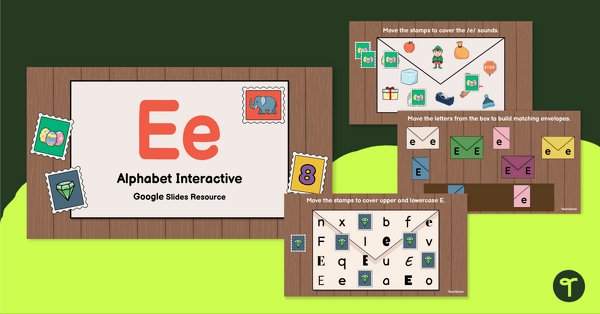
Alphabet Google Interactive – Letter E
Build letter recognition skills and phonemic awareness with a Letter E Google Slides Interactive Activity.
- Plus Plan
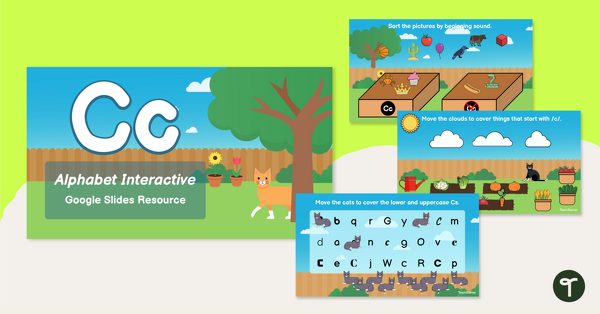
Alphabet Google Interactive — Letter C
Identify, build, and learn the sounds of the letter C with a Google Slides Interactive Activity.
- Plus Plan
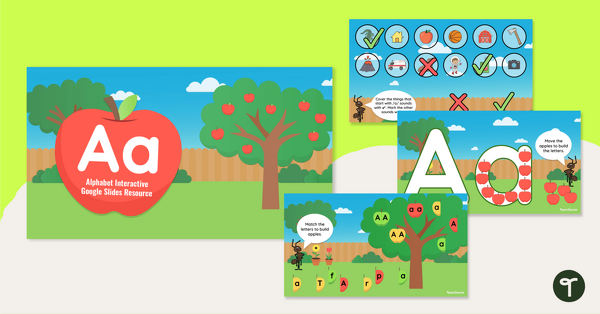
Alphabet Google Interactive — Letter A
Engage learners with an innovative approach to learning the Letter A with a Google Slides Interactive Activity.
- Plus Plan
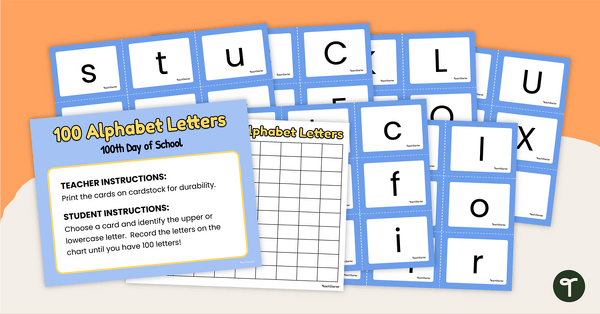
100 Alphabet Letters
Practice counting to 100 by 1’s with upper and lowercase alphabet cards and our 100 chart.
- Plus Plan
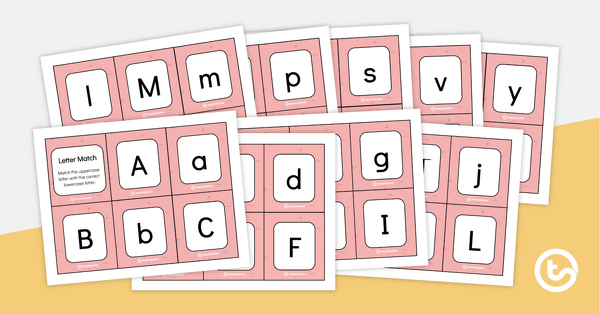
Letter Match-Up Cards
A set of uppercase and lowercase letter cards.
- Plus Plan
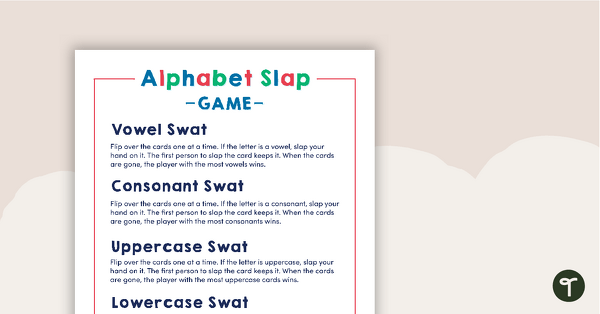
Alphabet Slap
A fun game for letter, consonant, and vowel recognition.
- Plus Plan
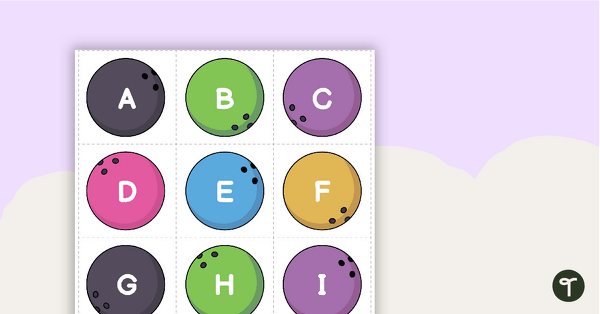
Bowling Game - Letter Match
Practice matching upper and lowercase letters with 26 letter bowling ball cards and pins.
- Plus Plan
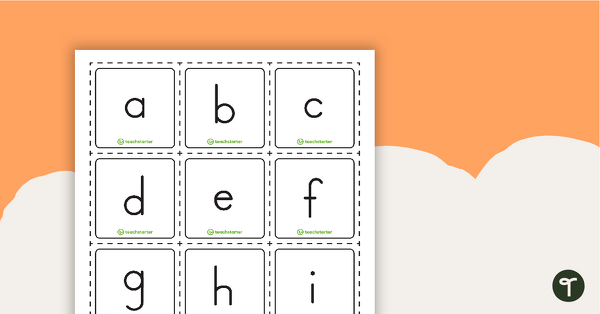
Alphabet and Digit Mini Flashcards
A set of alphabet (uppercase and lowercase) and digit (0-9) flashcards.
- Plus Plan
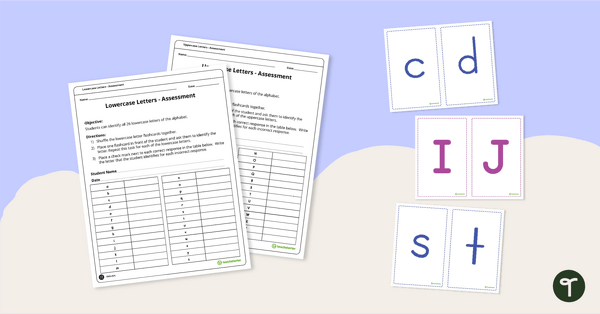
Phonics Assessment - Uppercase and Lowercase Letters
Test your students' knowledge of the uppercase and lowercase letters in the alphabet with this assessment kit.
- Plus Plan
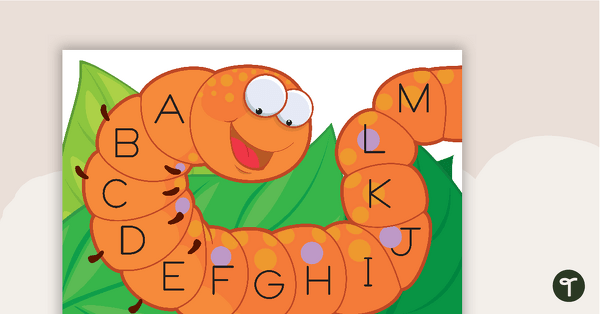
Alphabet Matching Caterpillar Activity
A vibrant and fun activity to teach lowercase and uppercase to young children.
-
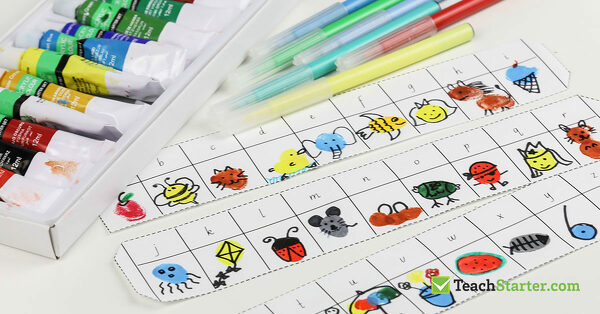
Tips and Activities for Teaching Letters and Sounds
The introduction of single letter names and sounds is crucial in the early years classroom. Here are some hints and tips, including some fun hands-on classroom resources.